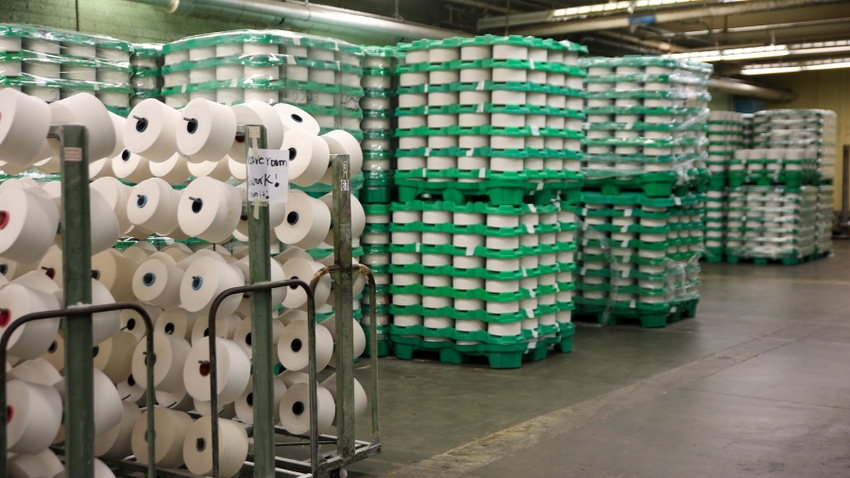
The U.S. textile industry survived a traumatic period during the late 1990s and early 2000s. Changing trade deals, particularly NAFTA, wreaked havoc on the industry. Many venerable, long-standing cotton mills closed during those years as production of textile and apparel products shifted offshore.
In subsequent years, the textile industry evolved into more technical products. More recently, some production returned to the region as some companies brought some of their manufacturing back to the Western Hemisphere.
Now, the industry is in turmoil again. Manufacturing leaders are blaming the recent precipitous closings of several mills on de minimis, a term which by definition means insignificant or negligible, but in this case means anything but. It refers to a trade policy loophole that keeps imports under $800 free from taxes.
The National Council of Textile Organizations says with the proliferation of ecommerce, “the de minimis mechanism is now being aggressively used allowing millions of products in the U.S. market duty free that otherwise would be subject to tariffs.”
The NCTO blames de minimis on the loss of eight plants over the past three months. Prominent shutterings include 1888 Mills in Georgia, a National Spinning plant in North Carolina, a Gildan yarn plan in North Carolina and a Hanesbrands hosiery plant in Clarksville, Ark.
In a filing with the North Carolina Dept. of Commerce, National Spinning President and CEO Jim Booterbaugh said, “The rise of import garments due to de minimis shipments for online shopping has deteriorated sales at retail stores, thereby impacting our domestic supply chains.”
Of course, other factors are in play here too, such as a sluggish economy and the effects of inflation on consumer purchasing.
The plant closings are already having an effect on U.S. cotton production. The USDA recently reported that U.S. cotton mill use in 2023/24 is forecast at 1.75 million bales, a significant decrease from last season’s 2.05 million bales.
“Although recent data indicate upstream inventory levels of semi-processed products, like yarn and fabric, have declined from relatively high levels, the economic uncertainties around the world have limited U.S. cotton textile exports and constrained mill use this season,” USDA said.
Parkdale Mills CEO Andy Warlick was among several textile executives speaking during a recent roundtable discussion with Congressional leaders.
“Currently, our company is running at 60% capacity and we have shut down four factories and laid off 1,000 employees in 2023,” he said. “Most companies in the textile industry are experiencing the same devastating demand destruction partly fueled by the explosion of 1 billion de minimis shipments - half of which CBP (U.S Customs and Border Protection) estimates to be textile and apparel goods.”
If Congress doesn’t act soon to close the de minimis loophole, the beleaguered textile industry may continue to shrink. The industry has suffered from bad trade policy for decades and it’s time for some relief.
About the Author(s)
You May Also Like






